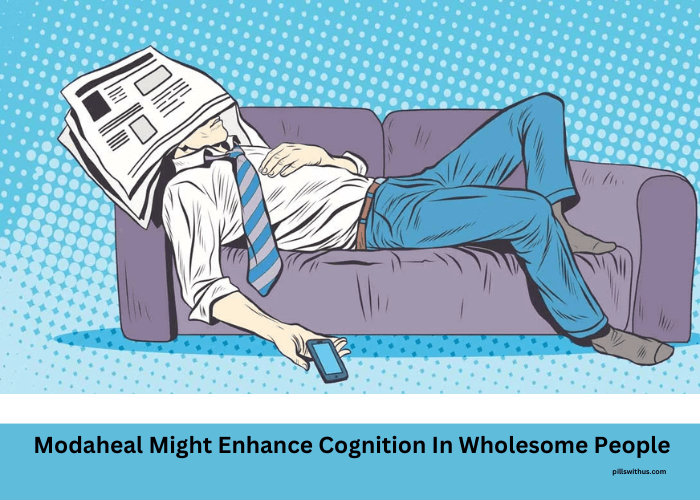Sleep apnea is a serious disorder that can affect your health and increase your risk for several conditions that are life-threatening. Your doctor may refer you to a sleep specialist for testing and treatment of this condition.
Your physician can make a diagnosis by asking about your medical and family history, taking a physical exam, and conducting a sleep test (polysomnography). Polysomnography is the gold standard for diagnosing sleep apnea.
Sleep Study
A sleep study is a medical test that monitors your breathing, heart rate, and brain waves while you’re asleep. Doctors use it to diagnose sleep apnea, the most common type of sleep disorder. obstructive sleep apnea can cause excessive sleepiness, which can be treated with the wakefulness-promoting medication Modafinil 200.
During a sleep study, technicians attach a variety of painless sensors to your skin that records your body’s functions while you sleep. These include electrodes (small metal disks) that monitor your brain activity, eye movement, and heart rate.
In addition, a breathing belt is attached to your chest and abdomen to measure your breathing movements. Other devices used in a sleep study include EKG patches that track your heart rate and airflow sensors that measure your breathing patterns.
A sleep study usually lasts overnight and requires you to stay at a sleep center or lab. These centers are usually part of a hospital or clinic, or they may be standalone facilities.
Polysomnography
A polysomnography, also called a sleep study, is a diagnostic test that combines many different types of information about your body’s functions during sleep. It can help doctors diagnose a wide range of sleep disorders. Waklert 150 Australia is also used to treat excessive sleepiness caused by narcolepsy or shift work sleep disorder.
The test begins with a non-rapid eye movement (NREM) sleep stage, in which your brain waves slow down considerably. Eventually, your EEG will record REM sleep, in which your eyes move back and forth rapidly.
PSG can be done at a sleep center or at home. It is usually supervised by a technician, though at times nurses and respiratory therapists may do the testing.
A sleep study can be used to diagnose obstructive sleep apnea syndrome (OSAS). It can also help doctors diagnose narcolepsy, periodic limb movement disorder, REM behavior disorder, and parasomnias.
Home Sleep Test
If you have symptoms of obstructive sleep apnea, your doctor may prescribe a portable breathing monitor to be use at home. It’s a simpler version of an in-lab test and less expensive than the full polysomnogram.
In addition to a nasal prong and fingertip probe, some devices also include belts around the chest and abdomen that measure airflow and oxygen levels. A phone app may be use to pair the device and send your data to a lab for analysis.
Several things can affect how much data does collect, including medications, alcohol and caffeine intake, napping, and sleep positions. Avoid these things on the day of the test, as they can make it harder for the sensors to stay in place during the night.
Once you receive your testing kit, follow the instructions carefully to ensure that you correctly attach the sensors and use them properly. Then, follow your regular bedtime routine and go to sleep.
DISE
Sleep apnea is one of the most common sleep disorders, and it can cause serious health problems if left untreated. If you think you may have the condition, talk with your doctor about getting screen.
The primary way for doctors to diagnose sleep apnea is by performing a sleep study. These tests measure how you breathe, your oxygen levels, and your heart rate while you sleep.
There are many different types of medical treatments that can be use to treat sleep apnea. They can include lifestyle changes like losing weight, sleeping on your side instead of your back, and quitting smoking.
In addition, your doctor might recommend a test called drug-induced sleep endoscopy (DISE). This is a surgical procedure that assesses the airway of a patient with obstructive sleep apnea in a state that mimics natural sleep. DISE is a safe and effective method of diagnosing obstructive sleep apnea. It can also help physicians decide whether surgery is the right option for a person with obstructive sleep apnea.





